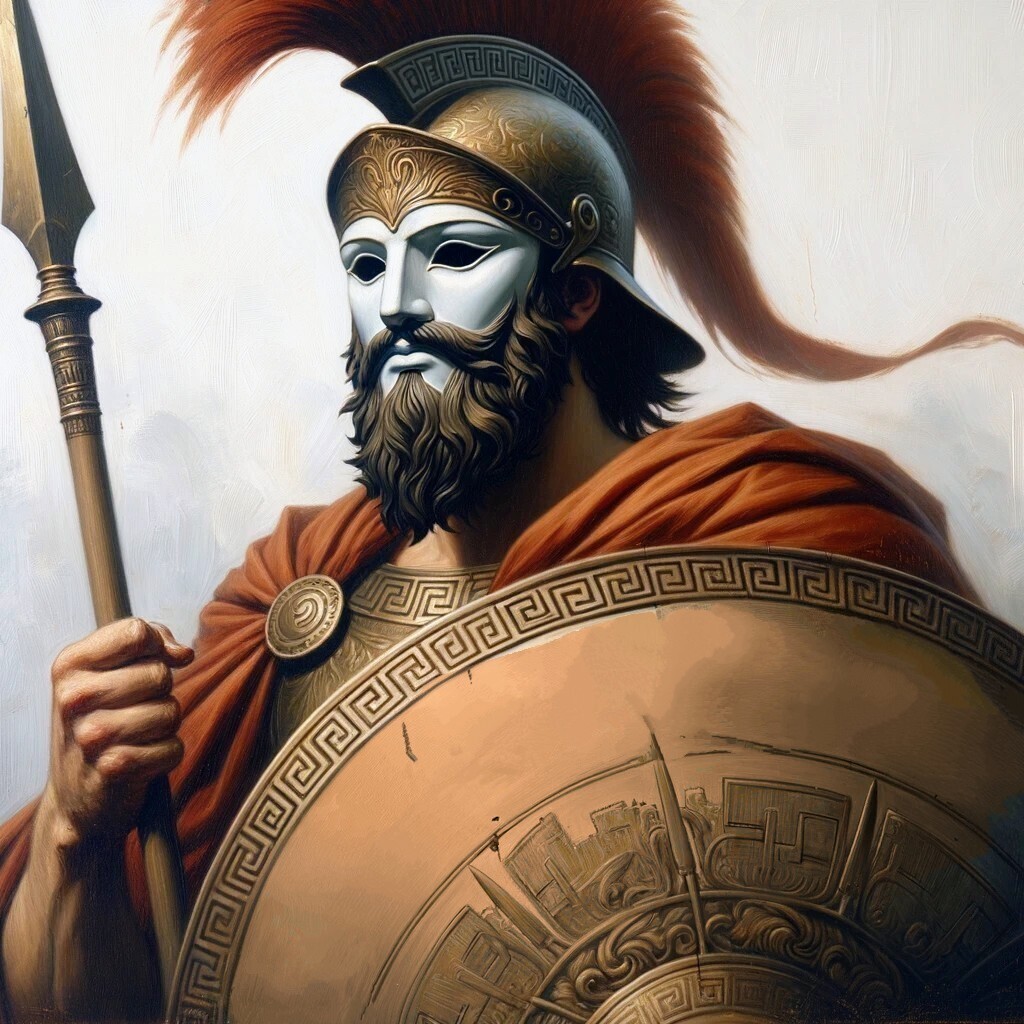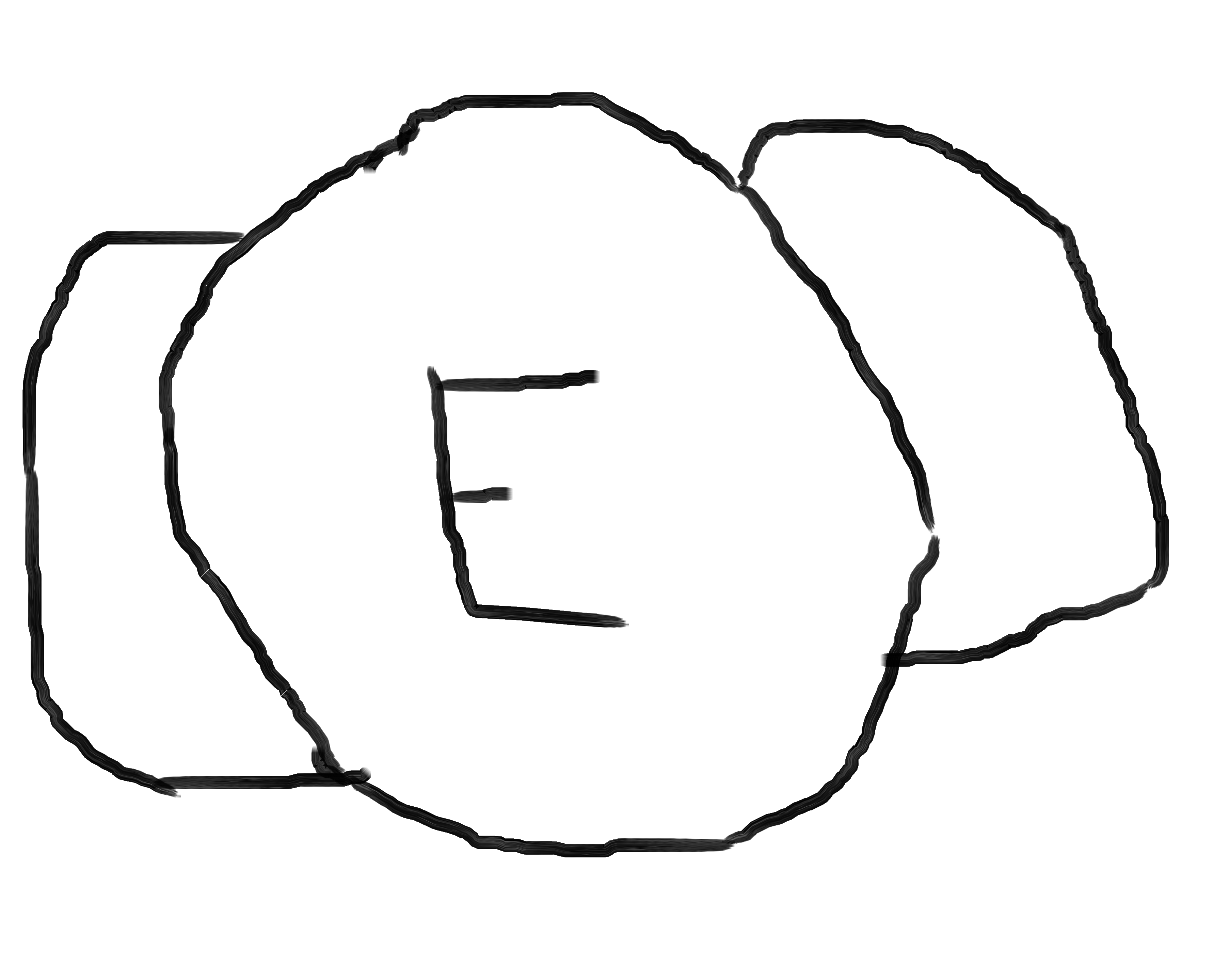This article says that NASA uses 15 digits after the decimal point, which I’m counting as 16 in total, since that’s how we count significant digits in scientific notation. If you round pi to 3, that’s one significant digit, and if you round it to 1, that’s zero digits.
I know that 22/7 is an extremely good approximation for pi, since it’s written with 3 digits, but is accurate to almost 4 digits. Another good one is √10, which is accurate to a little over 2 digits.
I’ve heard that ‘field engineers’ used to use these approximations to save time when doing math by hand. But what field, exactly? Can anyone give examples of fields that use fewer than 16 digits? In the spirit of something like xkcd: Purity, could you rank different sciences by how many digits of pi they require?
I’m a waitress, and pie is $12.50.
Damn that’s pricey
Not if it’s a whole pie.
…
That is a whole pie, right?
Yes, but a small, 3-4 person one. Key lime though!
Worth it
If that’s for a whole pie that’s dirt cheap. If that’s for a slice then that’s some expensive pie.
I’m a liar and I use all the digits of pi.
Well you’re honest about being a liar so there’s that I guess. I on the other hand only speaks the truth and I use all the digits of pi, honestly I do.
There are two guards: one speaks only the truth and the other only lies. But both know the infinite digits of pi and are underemployed as guards who never get to use that knowledge.
I haven’t typed the digits of pi for probably 20 years because it’s defined as a double precision float in all the programming libraries I use.
As a mathematician, I don’t use any digits, but the symbol π.
As a computer scientist, same, but it’s called
PI.It’s the computer that does the thing with the digits, not me. 🙃
In which case you’re probably using a predefined 64-bit floating point number, which I think is accurate to 15 digits.
Well, you know what’s funny, after writing the comment above, I double-checked what the π constant is called in Rust, as that’s what I’m mostly coding with these days.
And well, it actually makes you choose. There’s
f32::consts::PIandf64::consts::PI. Which I guess, makes sense. If you’re calculating with 32-bit floats, you should be aware that π is going to be less precise.
So, yeah, I’m a hoax, computer scientists do need to decide between 32-bit and 64-bit.In fact, the one time I needed π in Rust, was as a 32-bit float. I built a tiny gravity simulation in a game engine and game engines generally use 32-bit floats…
I’d like to agree, but writing π with capital letters is heresy.
Yeah, math conventions and programming conventions don’t always align. As in, basically never…
Ya know, this thread has inspired me. I’m a sound engineer, and find myself yelling “check one two three four” in the michrophone to test it all the time. I’m gonna start reciting the digits of Pi instead, and then as I learn them, I’ll progressively advance how many numbers of Pi that I use in my everyday job :D
I work at a library, though. I should probably just go with poetry or Douglas Adams or something, but this makes me sound much more impressive
Or some Douglas Adams poetry: Vogon poetry.
Oh freddled gruntbuggly,
Thy micturations are to me
As plurdled gabbleblotchits on a lurgid bee.
You are already reciting some of the digits of pi. Just not the first ones.
deleted by creator
That is 0.025 Millimeter in normal units
You can say 25 micrometers
Yes, it’s technically correct (which we all know is the best kind of correct) and engineers would understand.
Using mm means most everyone (who knows metric) understands that in much more practical terms. A quarter of a tenth of thiiis much is a pretty damn tight fit.
Micrometers is actually so common that it has a colloquial non-SI name of “micron”
According to wiki:
The micrometre is a common unit of measurement for wavelengths of infrared radiation as well as sizes of biological cells and bacteria,[1] and for grading wool by the diameter of the fibres.[3] The width of a single human hair ranges from approximately 20 to 200 μm.
Bold of you to assume that anywhere close to everyone who understands metric would know that 0.25 is a quarter of something.
Bold of you to assume that the country that still uses the Imperial system is the one that better understands fractions.
I didn’t say that imperial countries understand them better.
because it rhymes.
With?
deleted by creator
This
You hear that? “Normal” units
Design metal parts. I’m a welder so a number between 2-4 is close enough.
baker. I measure pie based on how much I can fit in my mouth
I work in healthcare and I’ve yet to use even a single digit of pi
What are you talking about? I constantly explain the calculus of the flow rate in the push IV drug I’m giving by going through the (pi)r^2 * h of the syringe, with emphasis on the dh/dy. All my patients love hearing it. They constantly thank me as I finish giving them the dilaudid.
I am a farmer who has to graft pipe cuts at various angles. i use 3.14159. which is plenty since i am measuring my cuts to the nearest eighth of an inch and i am not sending this ish to the moon.
I would like to hear more about rice farming and if the rice is tall or you are.
hmm rice can get pretty tall. i guess my username should be talltallricefarmer
Software engineer… we also use all 16 digits of pi
“all 16 digits” implies that there aren’t any more digits of pi, which isn’t true. Just FYI.
I had to upvote this comment for its pure sincerity.
Retail, and to my knowledge among all my coworkers we have used zero digits of pi.
When I code in C++ I use 15 digits of pi after the decimal point (double float) but I have only rarely coded for money and have never used pi for those work products, so again, zero digits on the clock.
Ditto for restaurant work, although 2 decimal points would be more than enough if I needed the volume of a cake or other round food.
I’m an auditor. Zero digits is the norm if I have to use Pi there is something VERY wrong
I’m a consultant and I use whatever Android calculator gives me

When I worked on a website with a map on it I used 15
50000kms is the kind of distances you get going around the earth so to get it down to a millimeter precision from 50k I think 8 or 10 digits required?
So I just put 15
As an aside, you don’t need to/shouldn’t pluralize km. It’s just 50,000 km. 👍
Software Engineering. 16 sigfigs across 64 bits
Software Engineering too, I just use
std::numbers::pi. Don’t know how many digits it is offhand.I use M_PI and generally don’t care unless the device acts funny.
TIL a 64-bit float is accurate to 16 sigfigs.
Edit: actually, out of curiosity I decided to try and calculate it. I’ve very possibly done the wrong calculation, but what I did was log2(10x)=64, which works out to x≈19. Which isn’t 16, but is very close, and when you consider the way the float actually works it wouldn’t be too surprising that it was lose some information (the sign bit, for example, is immediately completely lost in this context).
A 64 bit IEEE float has 53 significant bits (the “mantissa” or “significand”), and log10(253) is 15.9546.
Isn’t it just 15 significant figures then?
I would round up to 16.
Yeah I wasn’t sure if it would be correct to throw out the exponent entirely or if it might end up contributing some amount to the final accuracy of the number. I hadn’t spent a lot of time thinking about the problem.
Yeah the exponent just allows you to represent lots of magnitudes, but it wouldn’t contribute to the accuracy because you basically have 1.xyz * 2exponent. So the xyz significand is the only part that counts for significant digits. Although I guess in some sense you are partially right, because the exponent exists it is assumed that the first bit is always one, since otherwise you would just adjust the exponent to the first one, so only 52 bits have to be stored.




















